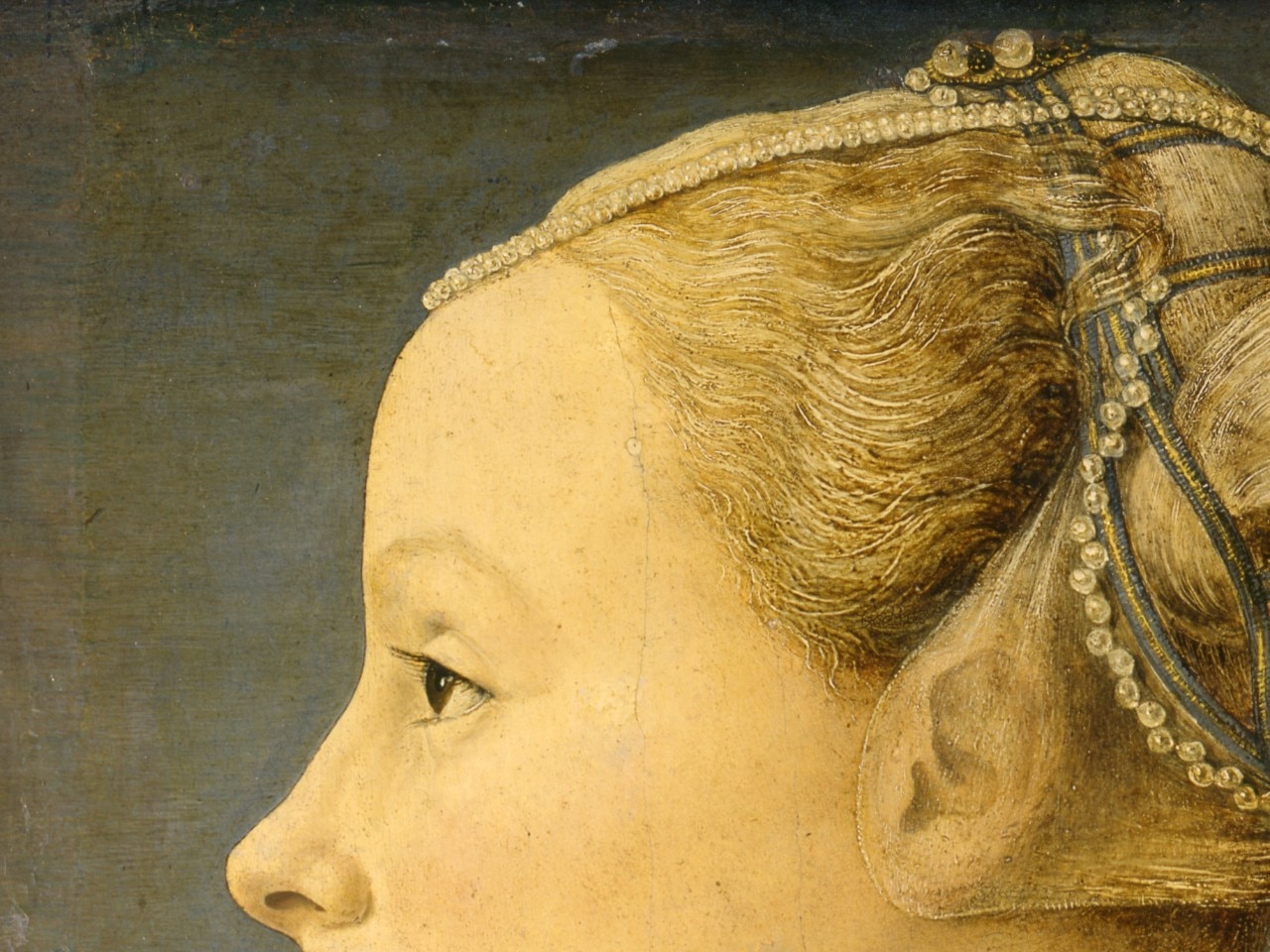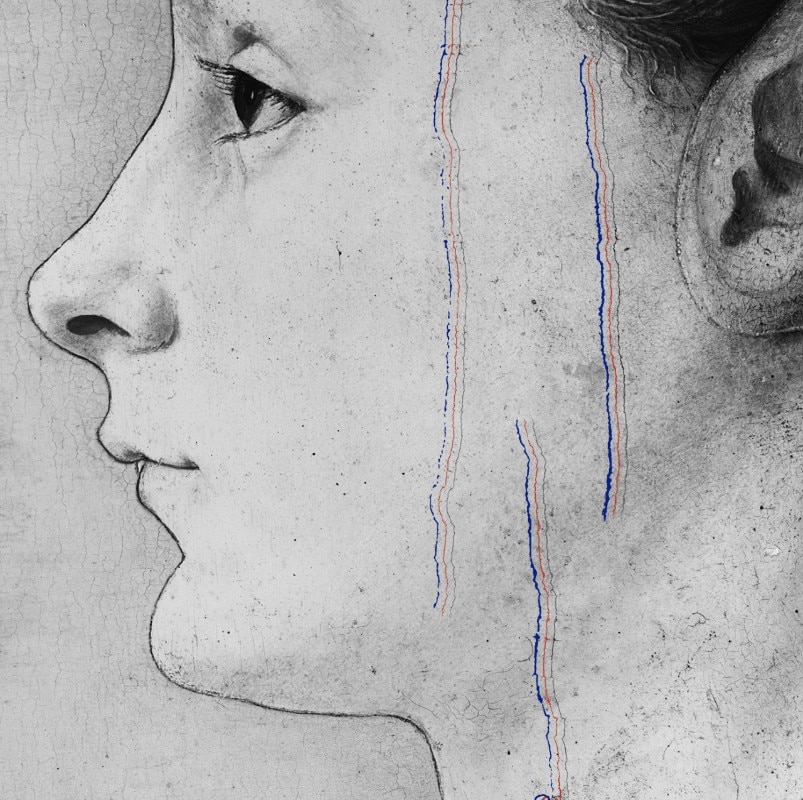In the heart of Milan, the Poldi Pezzoli Museum, a treasure chest of valuable evidence of the past, is promoting an initiative of great cultural interest. This is not merely an exhibition, but a critical operation aimed at revealing the secrets of a 15th-century masterpiece: the Portrait of a Young Woman by Piero del Pollaiolo.
The artwork, currently undergoing a meticulous live restoration, now becomes the focus of an in-depth investigation that engages not only specialists but also visitors. With skilled hands and precision tools, restorers Carlotta Beccaria and Roberto Buda work on the surface of the painting, as if seeking to penetrate the very essence of the work.
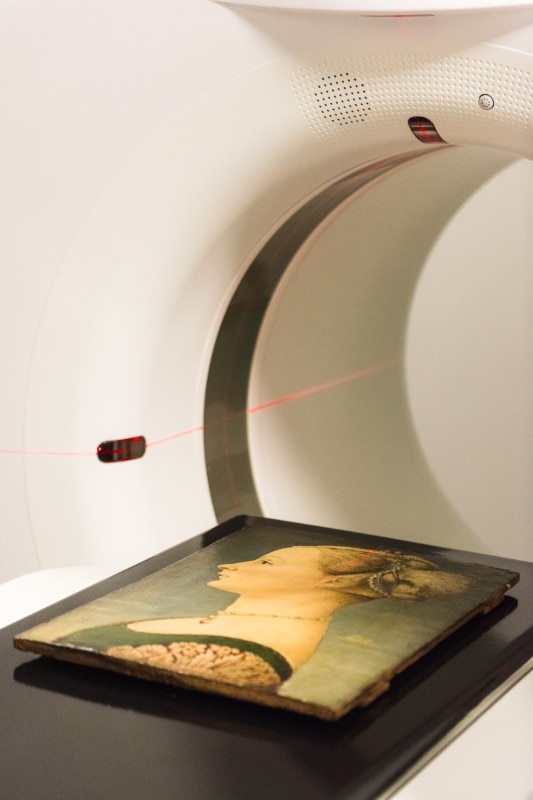
This intervention is far from a mere act of preservation; it is a genuine journey of discovery. By observing X-rays, analyzing brushstrokes, and examining pigments, the viewer is invited to embark on a journey back in time, uncovering the painting techniques, materials, colors, and alchemy of a distant era—the 15th century.
The enigma of a gaze that spans centuries questions us from the depths of this portrait, a work by Pollaiolo. The young woman, captured in profile according to the classical canon, emerges from a clear sky, lightly veiled by clouds that seem to push her toward us. Her face, outlined by precise graphic lines, stands out sharply, almost emphasizing the desire for individual affirmation typical of the Humanist era.
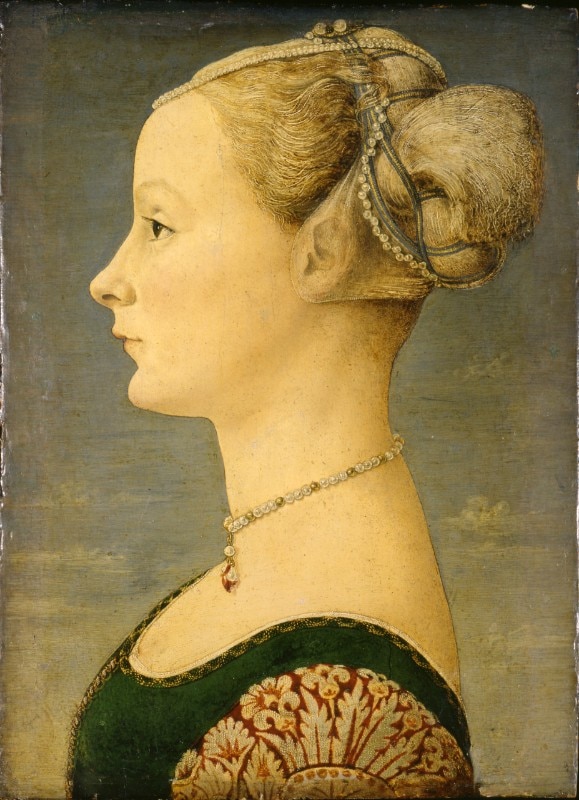
Her dress, a low-cut bodice hinting at sensuality, and her jewels, particularly the ruby—a symbol of passion—tell us of her elevated social status, perhaps a Florentine noblewoman captured at the threshold of adulthood, as suggested by the symbols of conjugal love.
Pollaiolo’s hand can be recognized in the meticulous attention to detail, in the almost Flemish rendering of pearls, hair, and lighting effects, which reveal a new sensitivity toward the phenomenal reality. The painting, dated around 1470-75, belongs to a series of female portraits the artist created during those years, evidence of an era in which art became a mirror of society and its values.
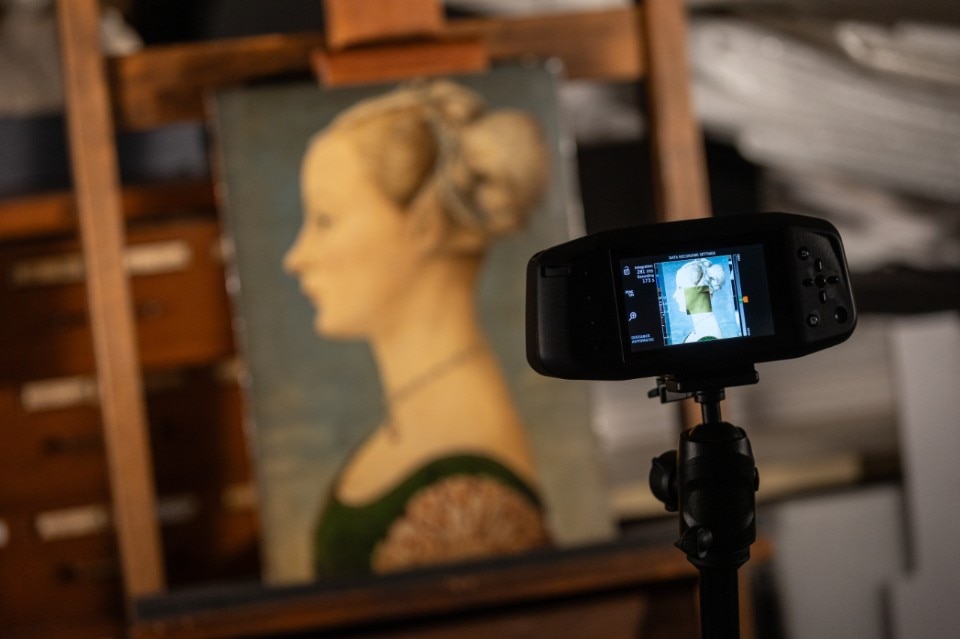
Before becoming part of the Poldi Pezzoli collection, the painting belonged to Alberico XII Barbiano di Belgioioso d’Este and later to the Borromeo family.
Pollaiolo’s hand can be recognized in the meticulous attention to detail, in the almost Flemish rendering of pearls, hair, and lighting effects, which reveal a new sensitivity toward the phenomenal reality.
The restoration—made possible thanks to the support of the Bracco Foundation—uses the most advanced diagnostic technologies: X-rays, tomography, and reflectography. This comprehensive ‘check-up’ allows for a thorough exploration of the artwork, identifying degraded areas and enabling the conservation intervention to be planned with utmost precision.
“Art and science,” says Diana Bracco, president of the Foundation, “are no longer separate worlds. Today, they collaborate to preserve beauty, to pass on memory, and to build the future.”
Opening image: Piero del Pollaiolo, Portrait of a Young Woman, detail, ca 1470

